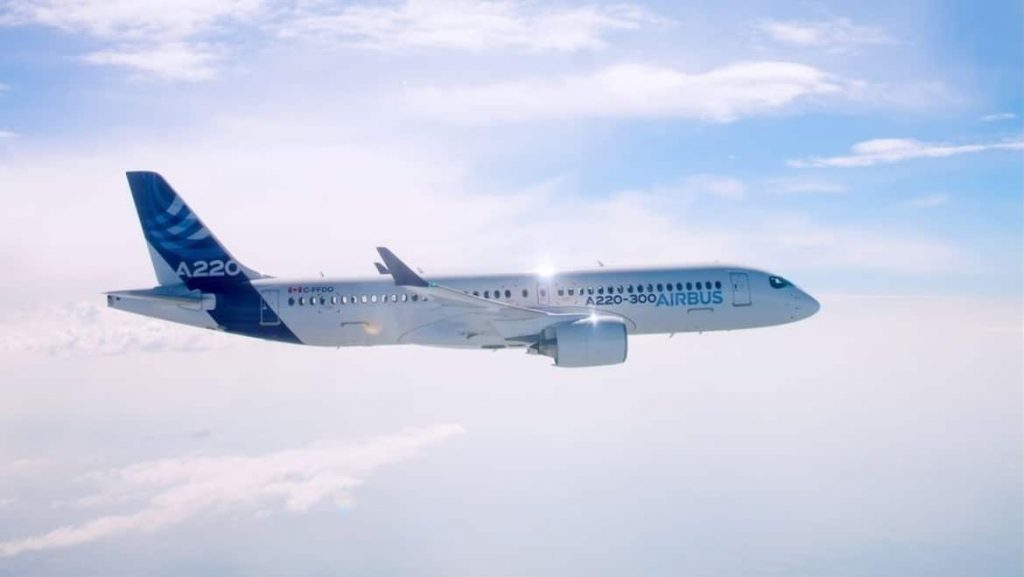
Airbus has sent a warning letter to its 130,000 staff members that more involuntary layoffs are looming, as airline travel demand continues to take a hit due to the COVID-19 pandemic.
The letter, sent from Airbus chief executive Guillaume Faury, conveys that the summer travel season was more subdued than anticipated, which has slowed recovery in the aviation sector.
Airbus had already announced its intentions to shrink its workforce by up to 15,000 people, however, at that time cited voluntary leaves and early retirement plans as its primary method of achieving this figure.
“I owe it to you to be transparent: it’s unlikely that voluntary departures will be enough,” Faury said in the note to employees.
“Unfortunately, the recovery in airline traffic over the summer period has not been at the level the industry was counting on.
“We must now prepare for a crisis that will probably be even deeper and longer than the previous scenarios suggested.”
Workers unions and the French government have already urged the Toulouse-based planemaker to avoid “forced departures”, however a slower-than-anticipated recovery to the sector is now more likely to result in involuntary layoffs, said Airbus.
In response, an official from France’s CGT union has accused Airbus of deliberately stoking up staff anxieties, ahead of further labour negotiations between the company and the unions, due to start within the next week.
According to data from the International Air Transport Association, air traffic was down 80 per cent in July when compared with the same month in 2019, and traffic had failed to meet industry expectations in July.
Airlines had hoped for a bump in demand throughout July, as the peak travel season in the northern hemisphere, however came up disappointed.
The IATA said that inconsistent border rules and regulations are hampering recovery efforts, and making it difficult for airlines, and customers, to accurately plan for the future.
Meanwhile, Airbus reported a strong result for its deliveries in August, however, industry sources suggest many of these delivered aircraft are going directly into storage.
Meanwhile, new orders are more or less stagnant.










